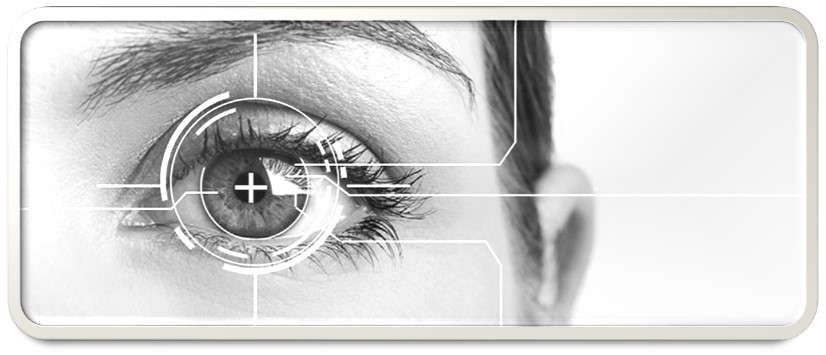

| The posterior portion of human eye forms retina. It is made of a light sensitive tissue. When light passing through cornea and lens reaches retina, neural signals are generated and transferred to the brain via the optic nerve. Retina is a thin layer of tissue formed by neural cells. Capillaries responsible for blood supply of this layer forms a pattern that can be used for personal identification. This pattern of blood capillaries is believed to be unique in each individual due to huge possibility of variation how these capillaries run on the surface of retina. Since retina is located at the posterior portion inside the human eye, special equipment is required to scan this pattern. Retina recognition is one of the least deployed biometric methods because of high cost of the implementation and its highly invasive nature that may cause some user discomfort. Still, it is used is very high security applications like military and high level government access due to its accuracy and high level of security. | Retina recognition systems make use of low energy infra-red light to scan the retinal pattern. Blood vessels absorb infrared light while surrounding tissues reflect it. This reflection is detected by the retina recognition system and image of this pattern is captured. This image is further enhanced to make is usable for the recognition algorithm. Retina template is generated once the image is taken through recognition algorithm; this template is associate with a subjectís demographic data and stored. The process so far is called enrolment. The subjectís identity can be verified anytime by scanning a new retinal sample and matching it against the stored template. |
| Iris is the ring shaped colored portion in a human eye and is visible from outside with naked eye. It is made of muscle tissue that adjusts the size of pupil and controls how much light can enter the eye. Amount of melatonin pigment in iris is responsible for different colors that human eyes take. Folds in iris muscles throughout the ring create a pattern with great amount of details. Formation of this pattern is completely random and there is no rule how it will turn out in an individualís eye. However, once this pattern is created during the foetal development, it stays the same throughout the life. An individualís irises are unique and structurally distinct, even iris of same individual does not match. All these attributes make them good enough for personal recognition. | Details of iris can be captured with any high quality digital camera, however, modern recognition systems make use of near infrared (NIR: 700Ė900 nm) instead of visible light to capture details. Since iris recognition can be established with high quality camera and recognition software, it can be setup on any computing device; however, dedicated recognition systems are more common due to performance and security reasons. Iris recognition systems use a camera to capture details of the iris and this image is enhanced by the image enhancement algorithms. Once the image is usable enough, it is processed by the recognition algorithms, which extracts unique features to generate a biometric template. Associating identity data with this template establishes identity of the subject in question, which can be used for identity verification in future. |